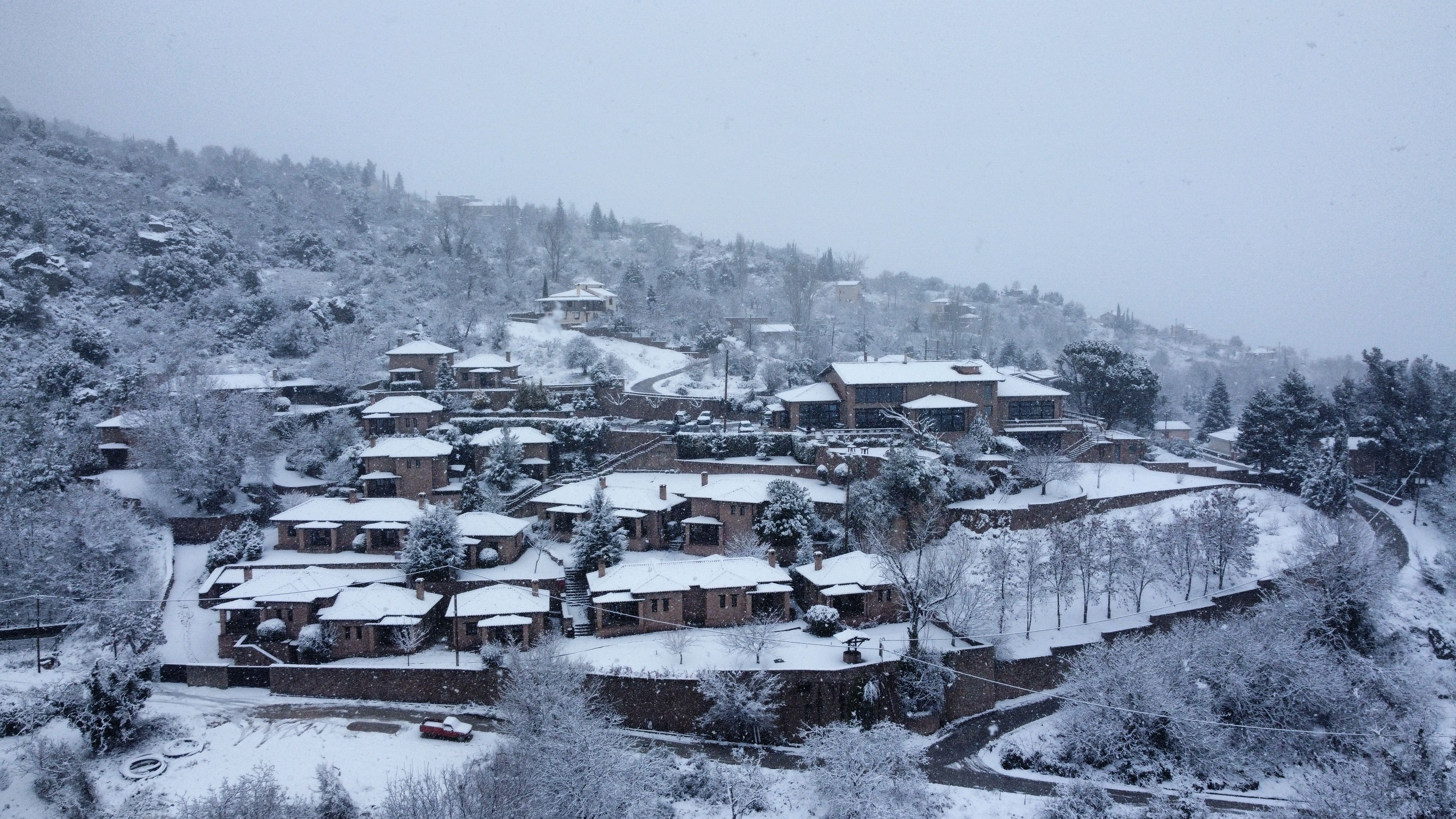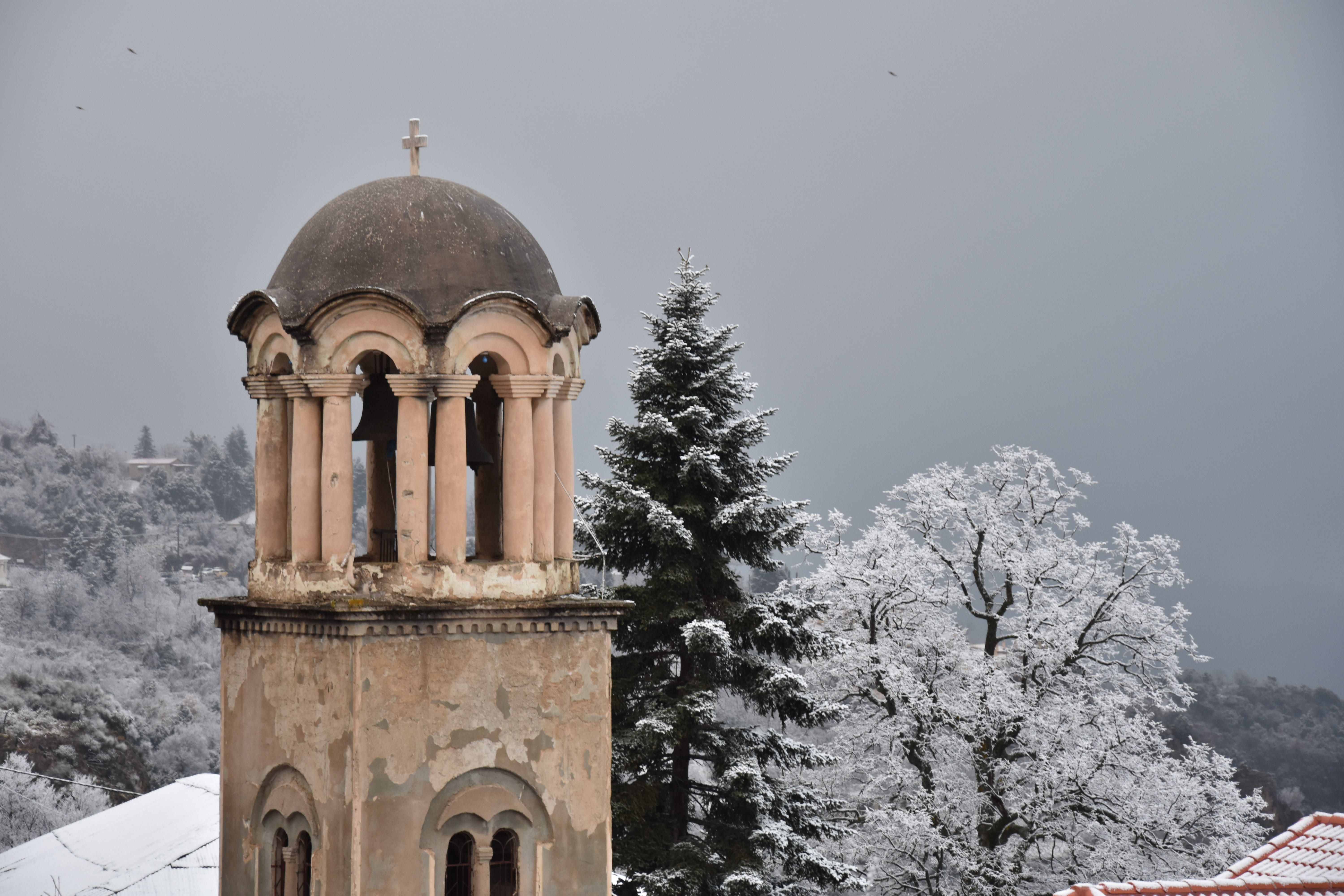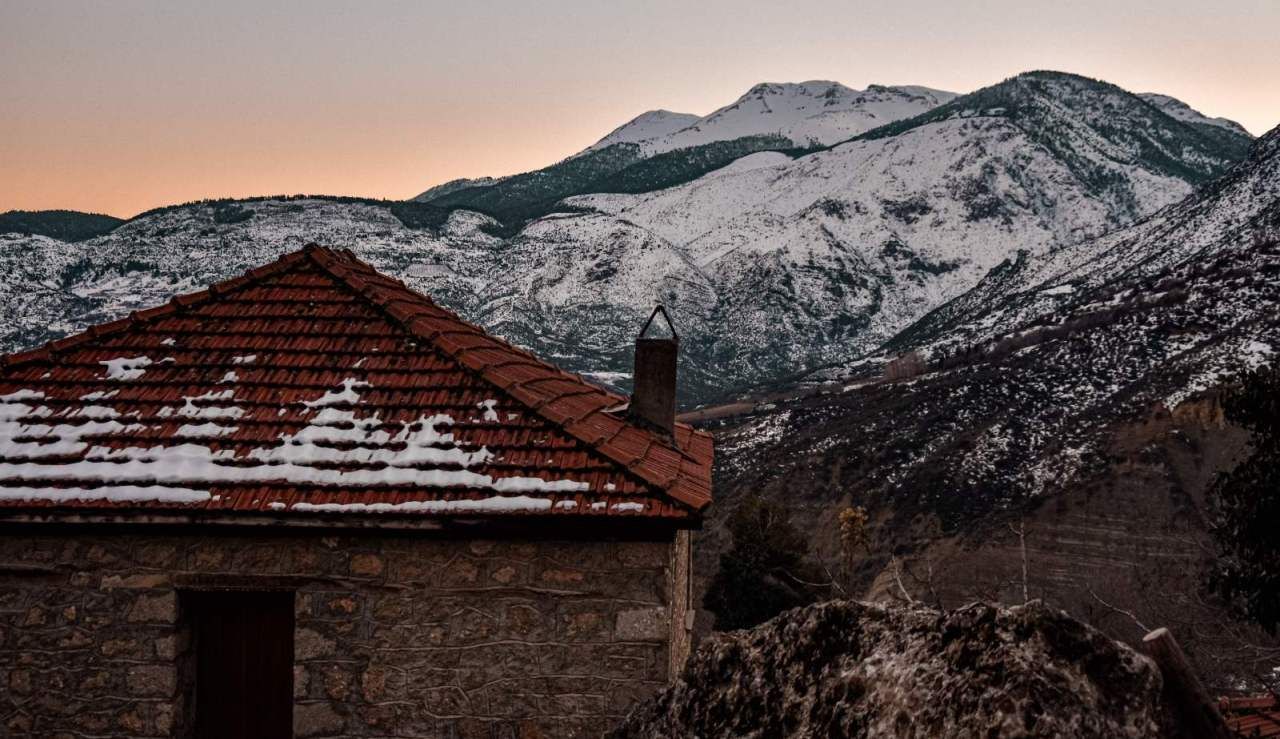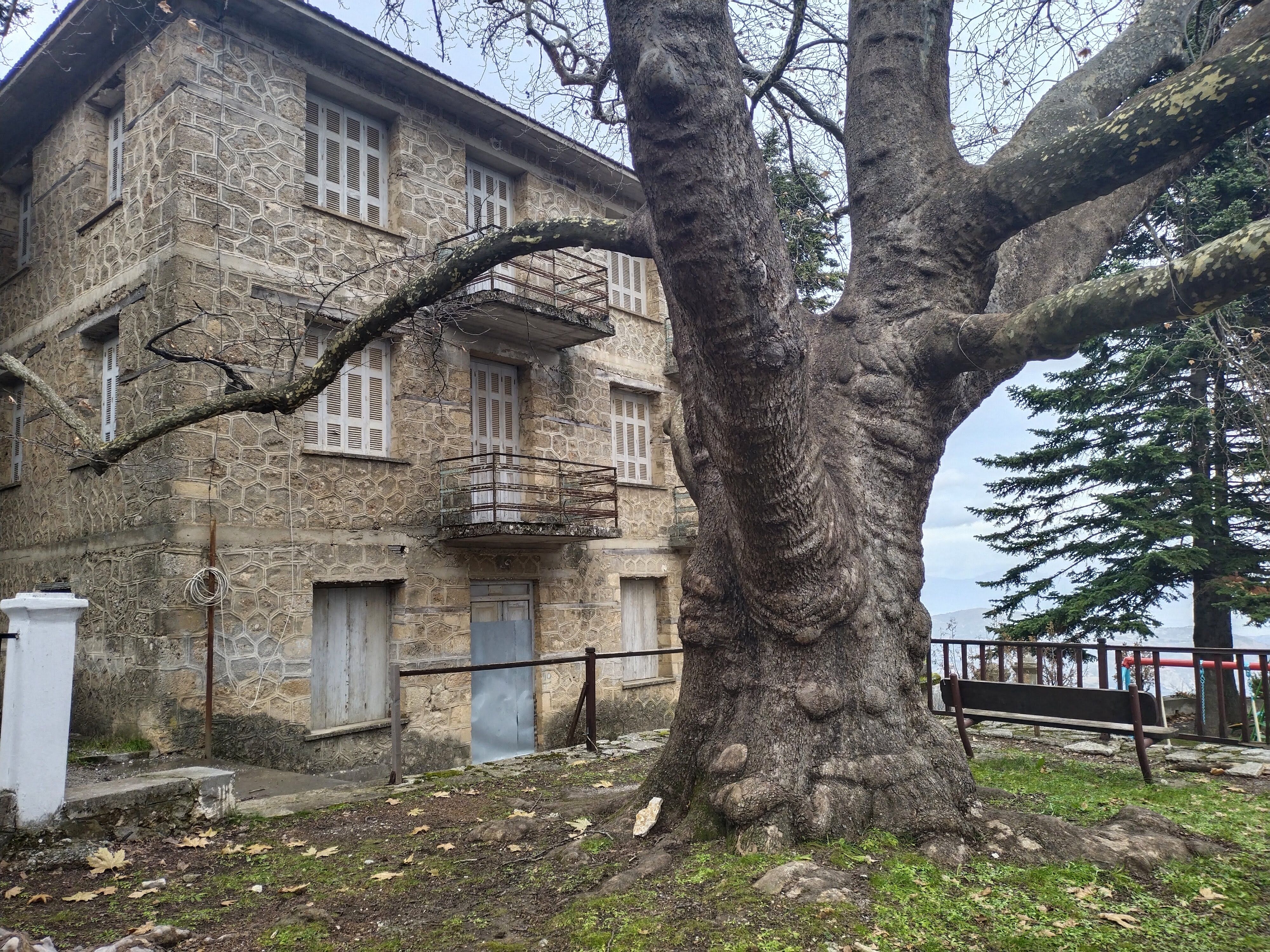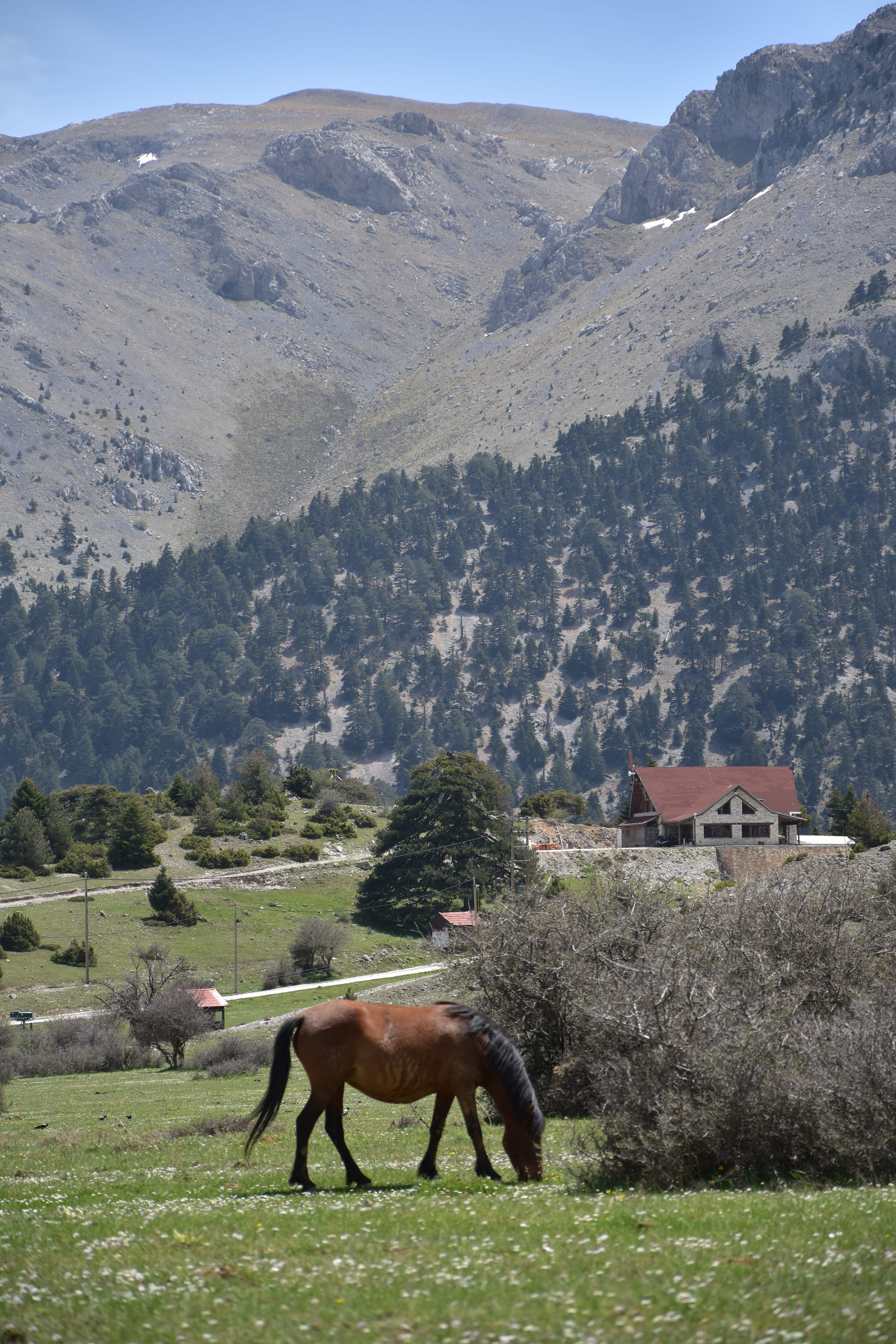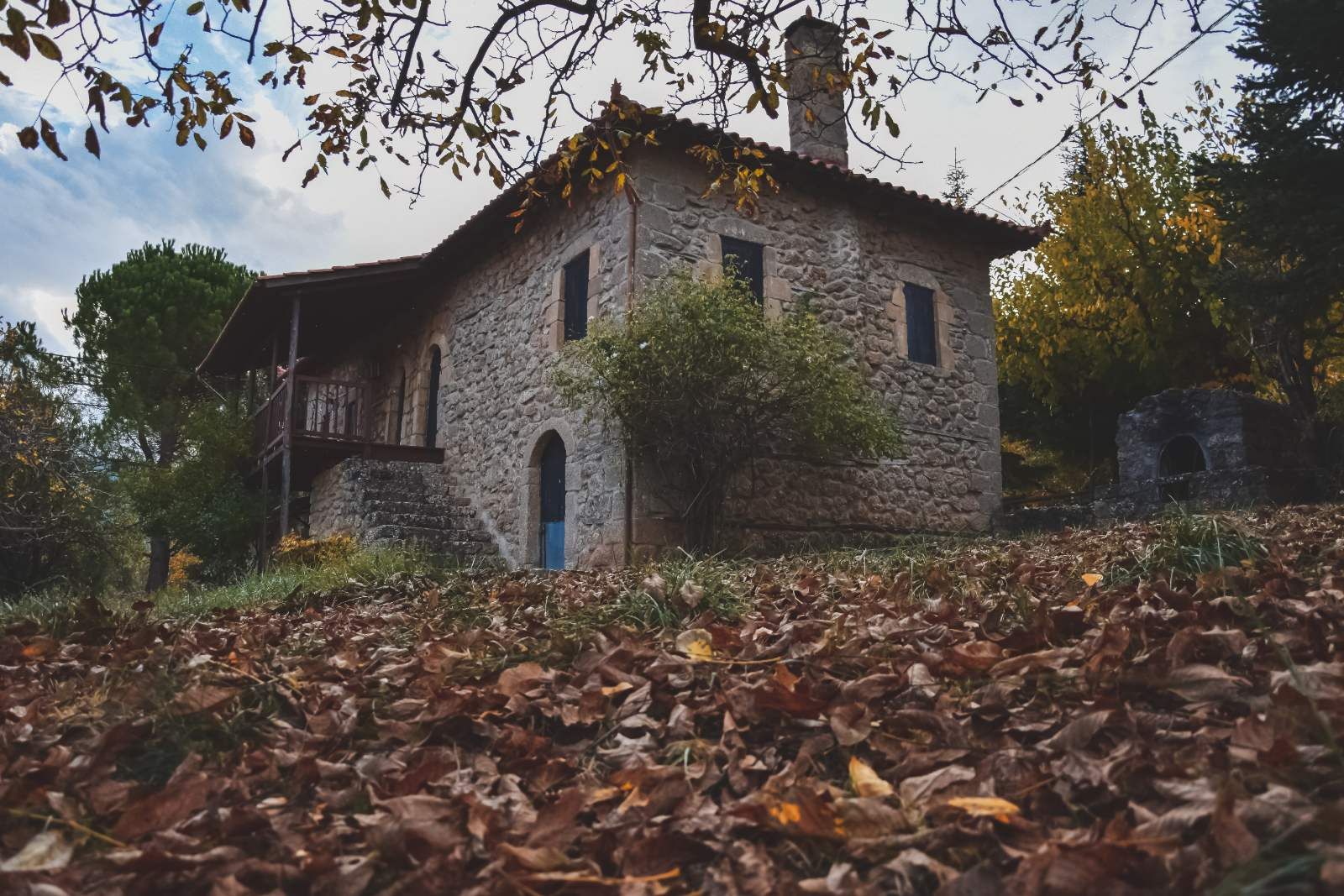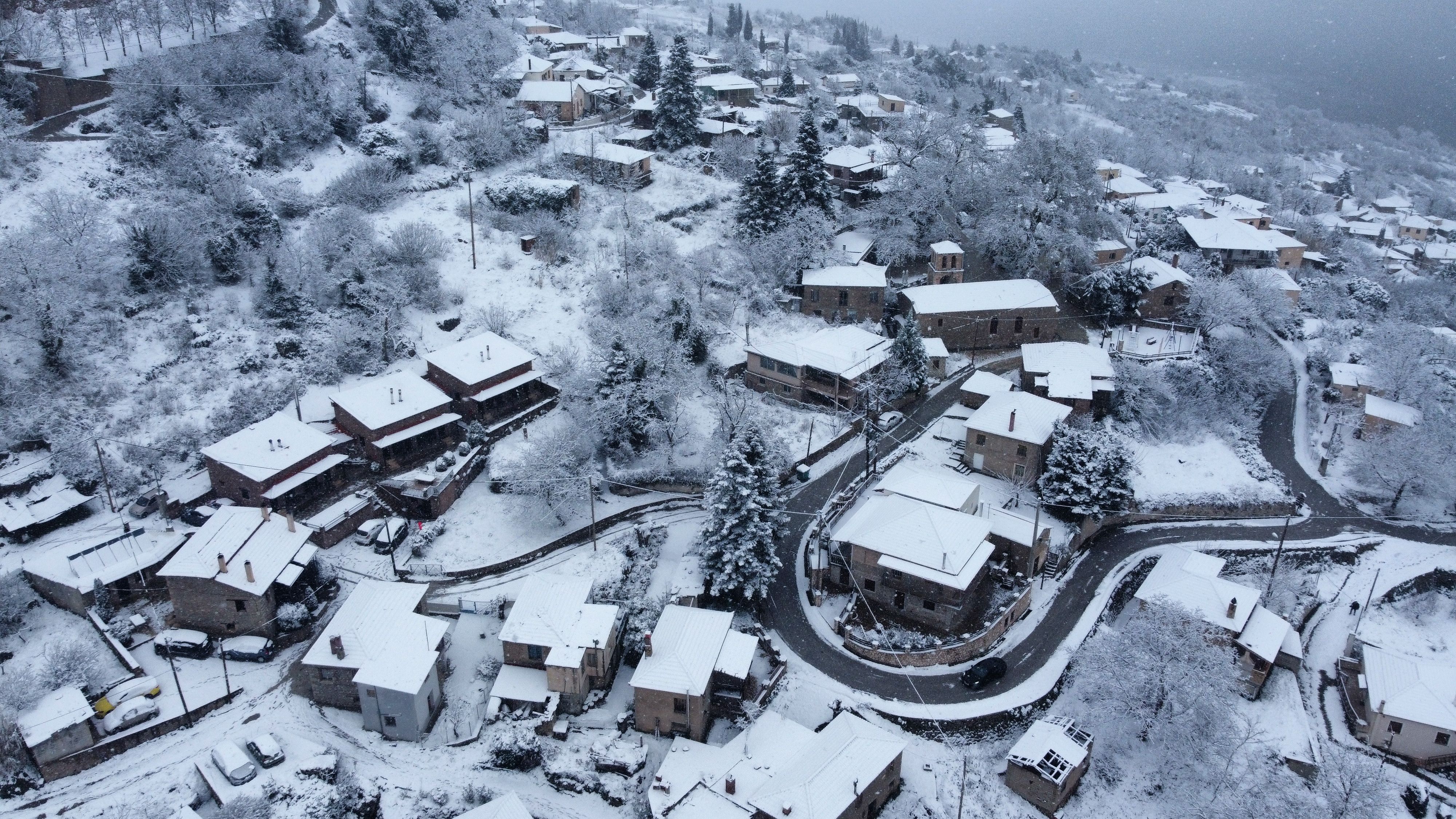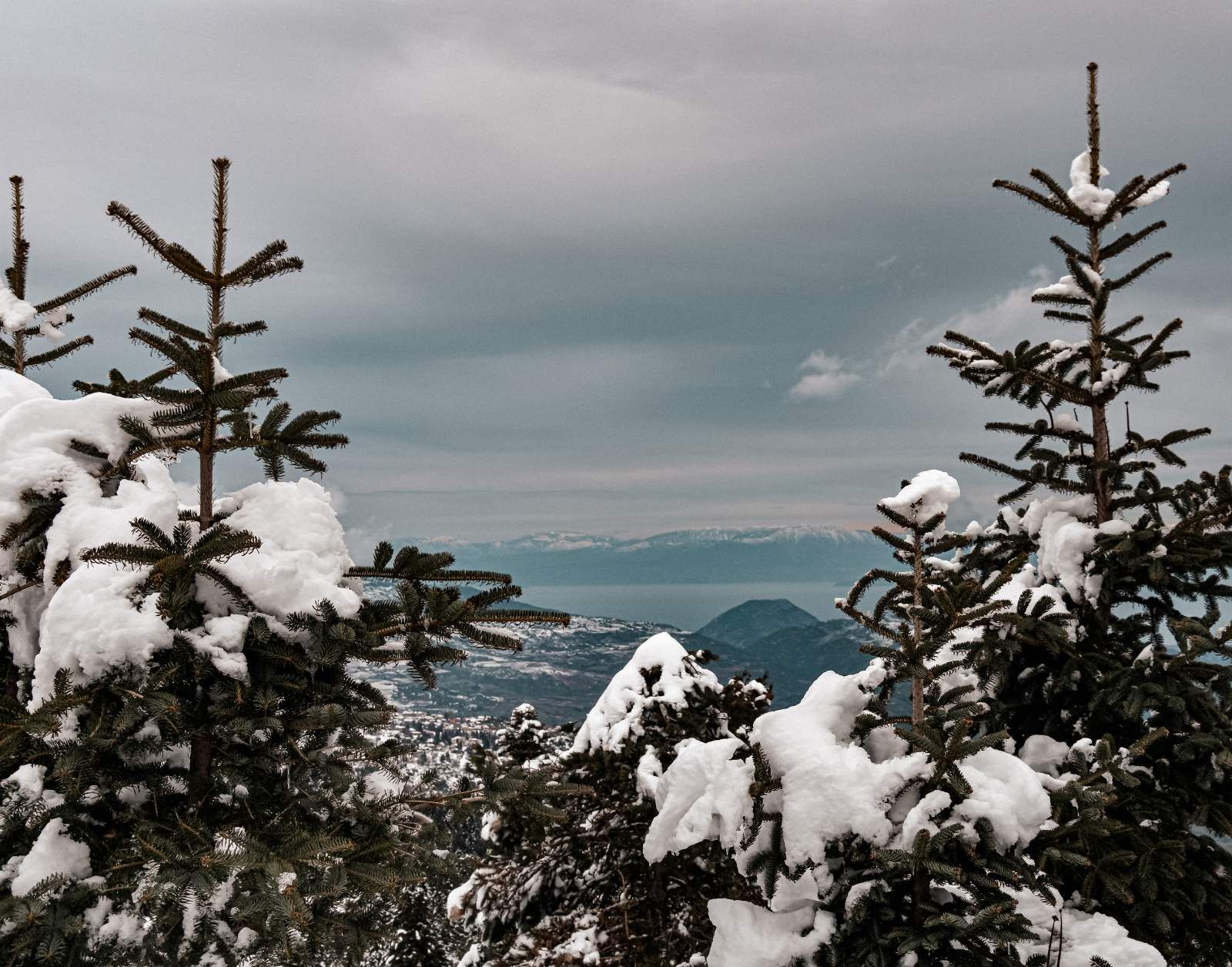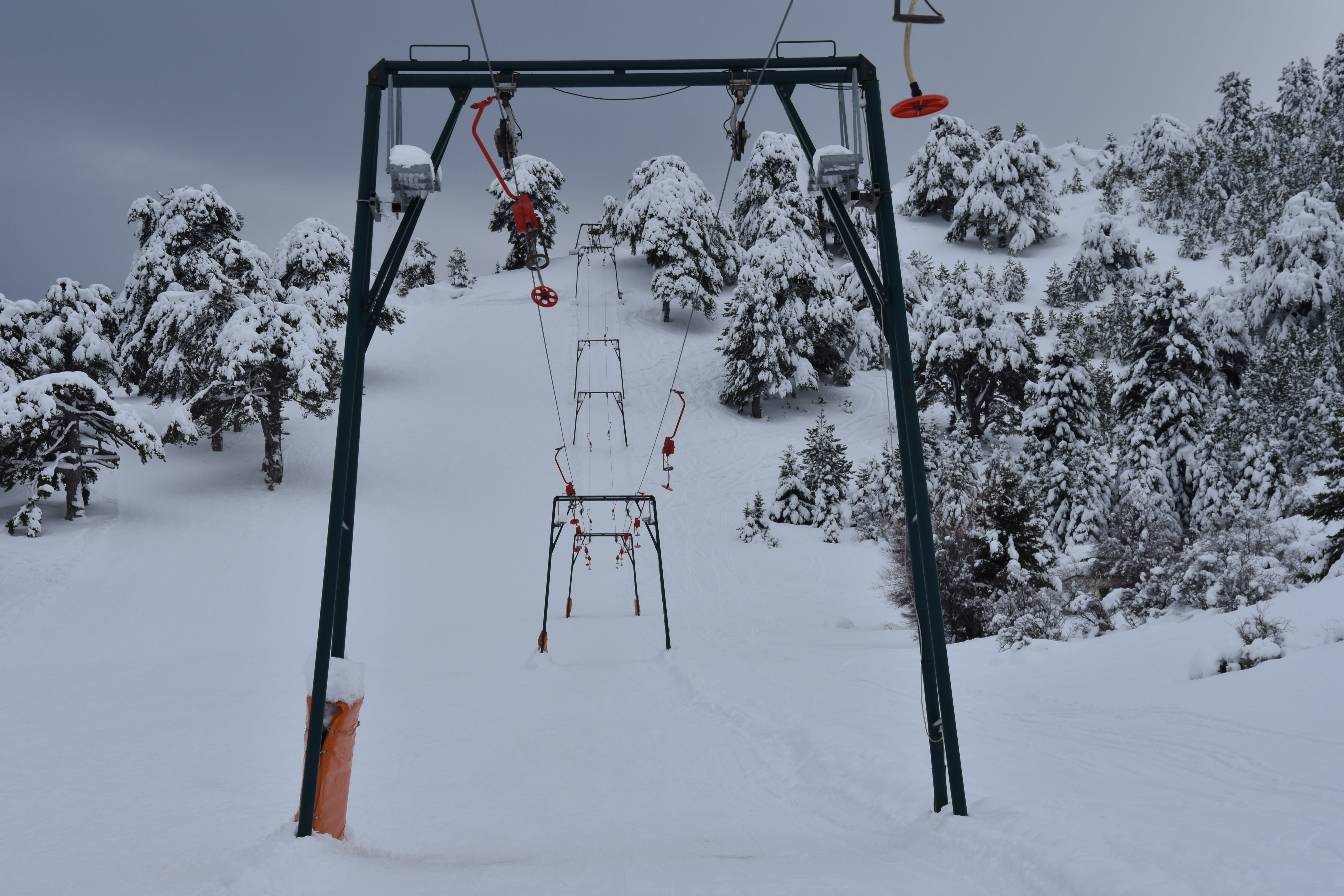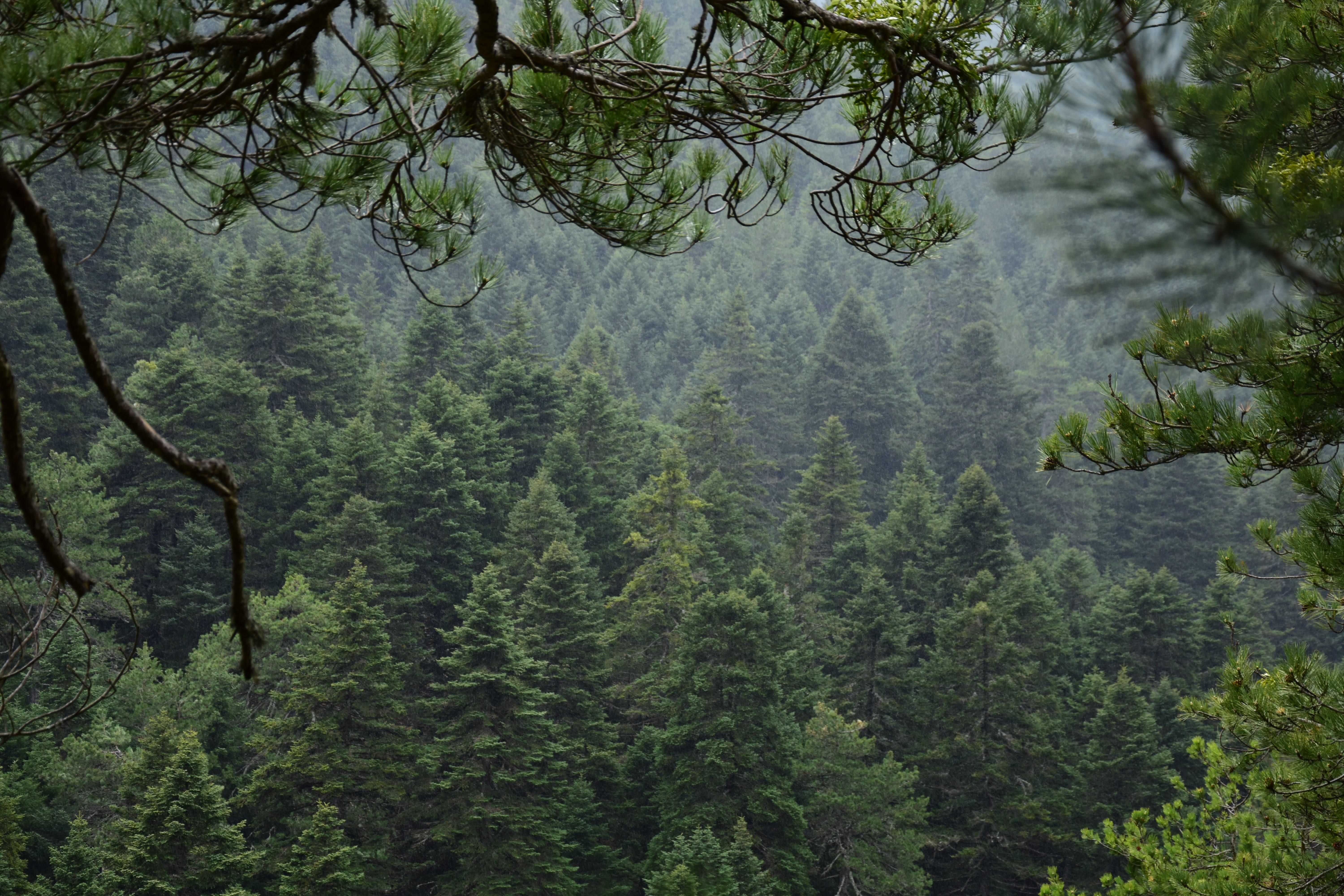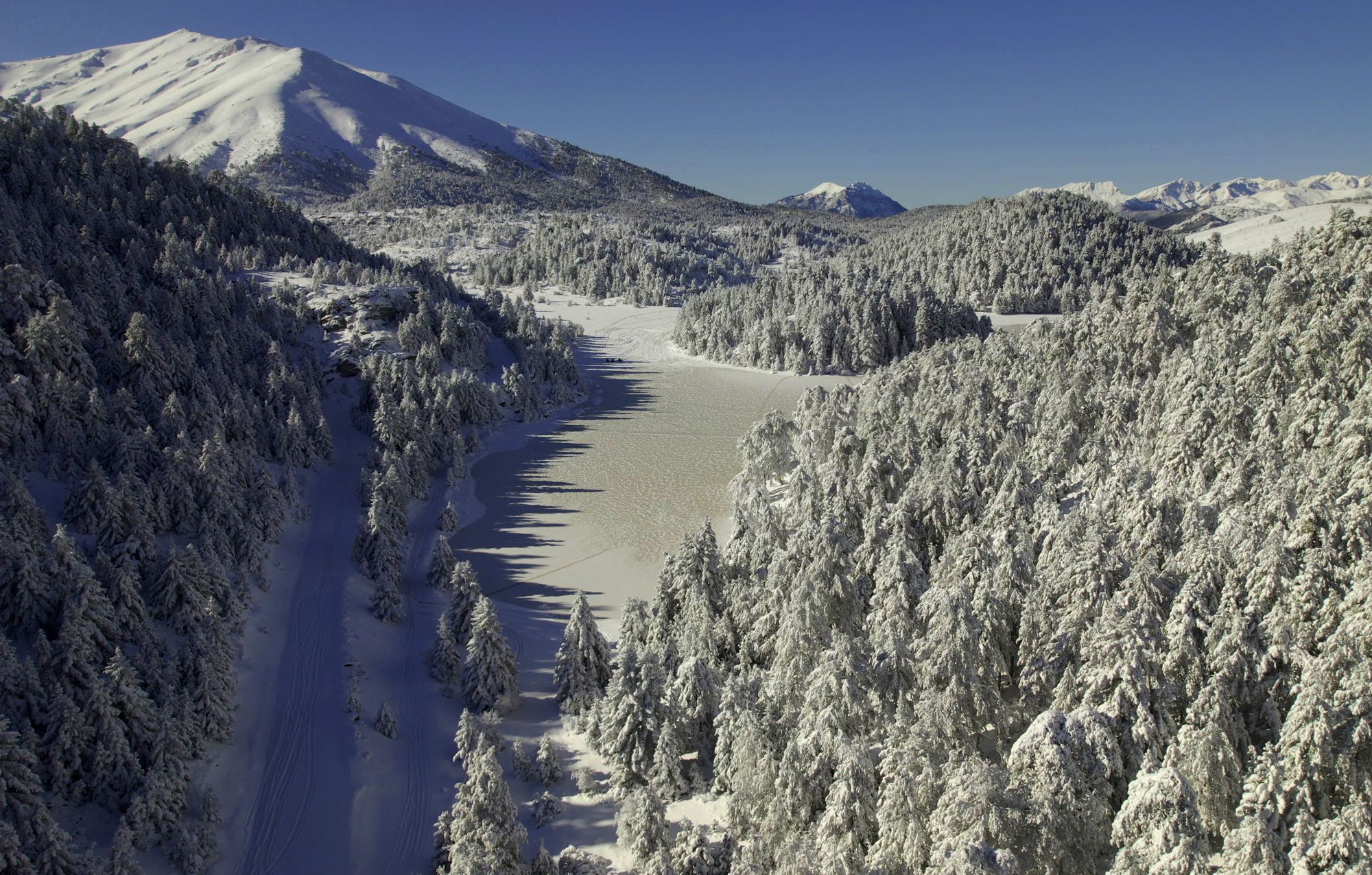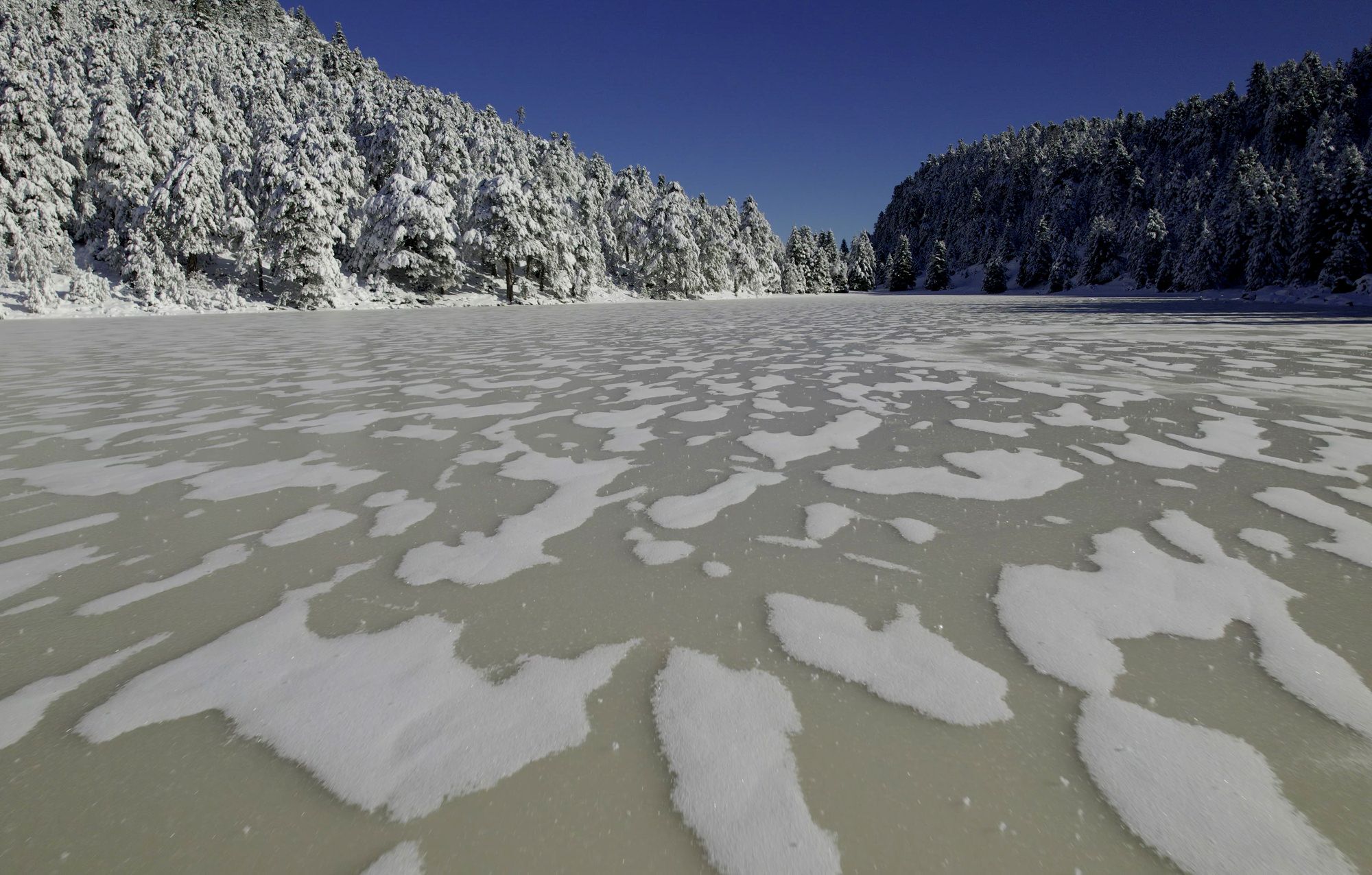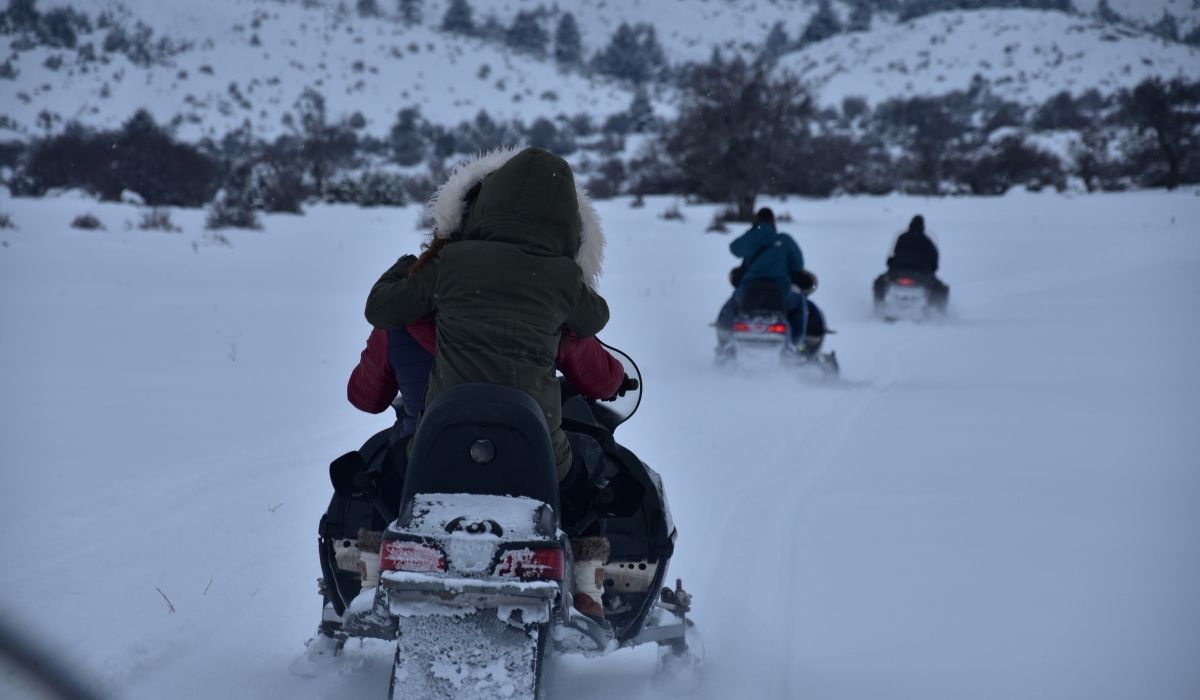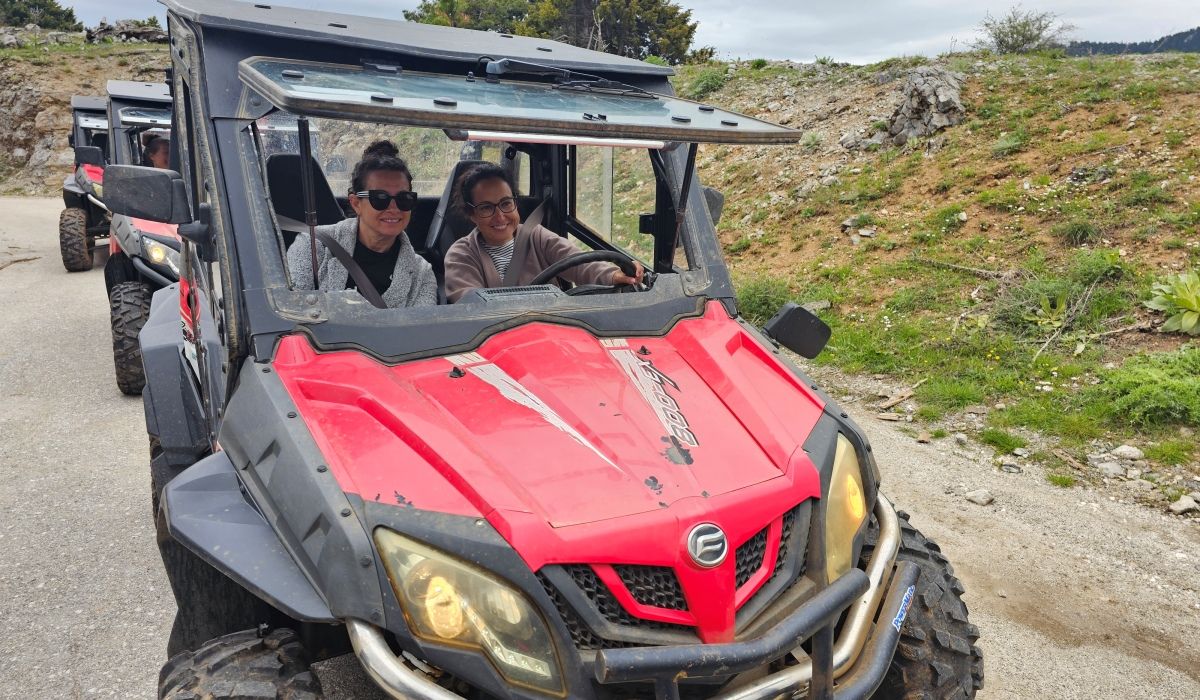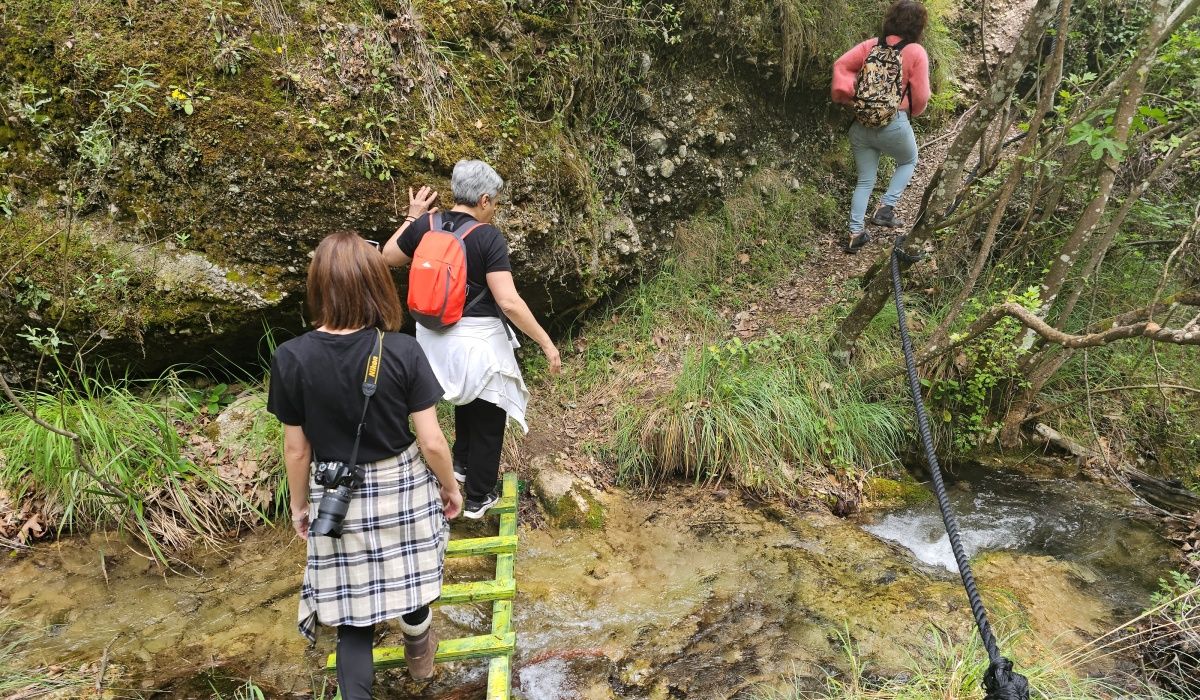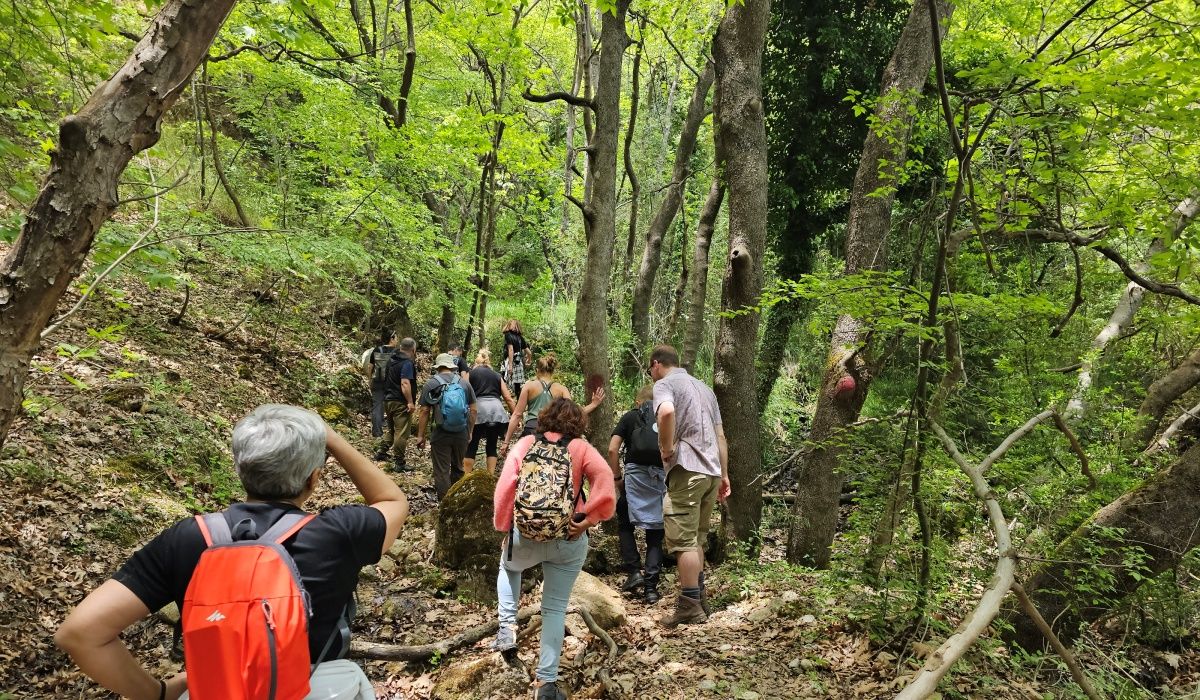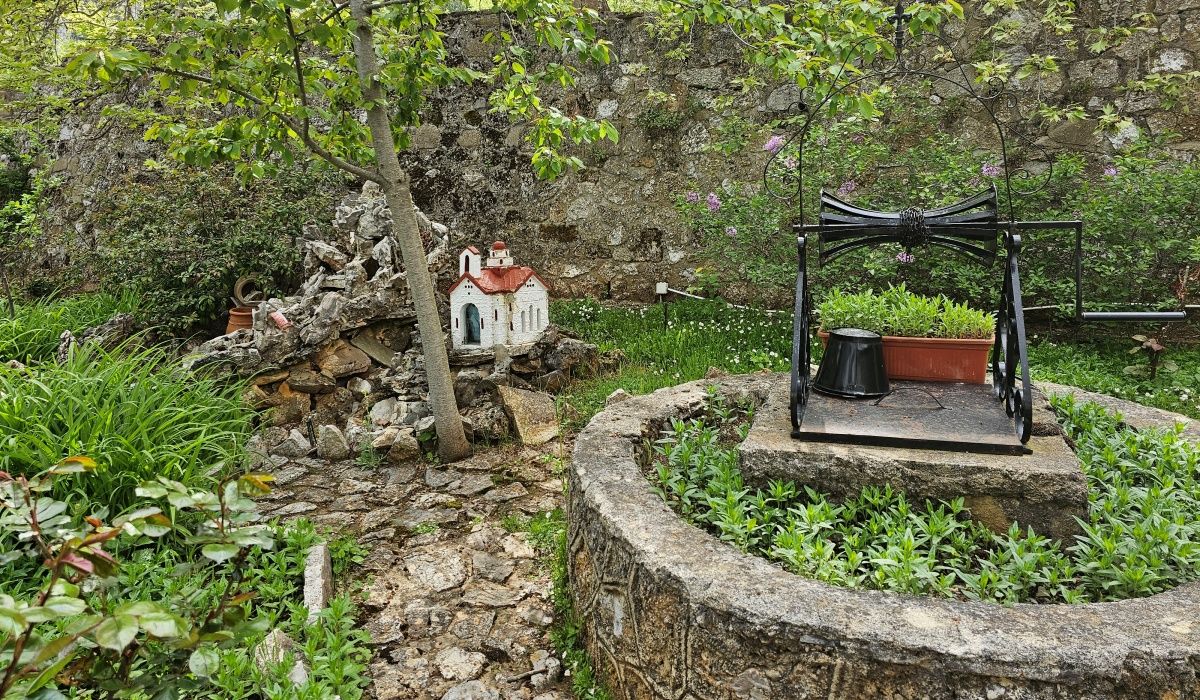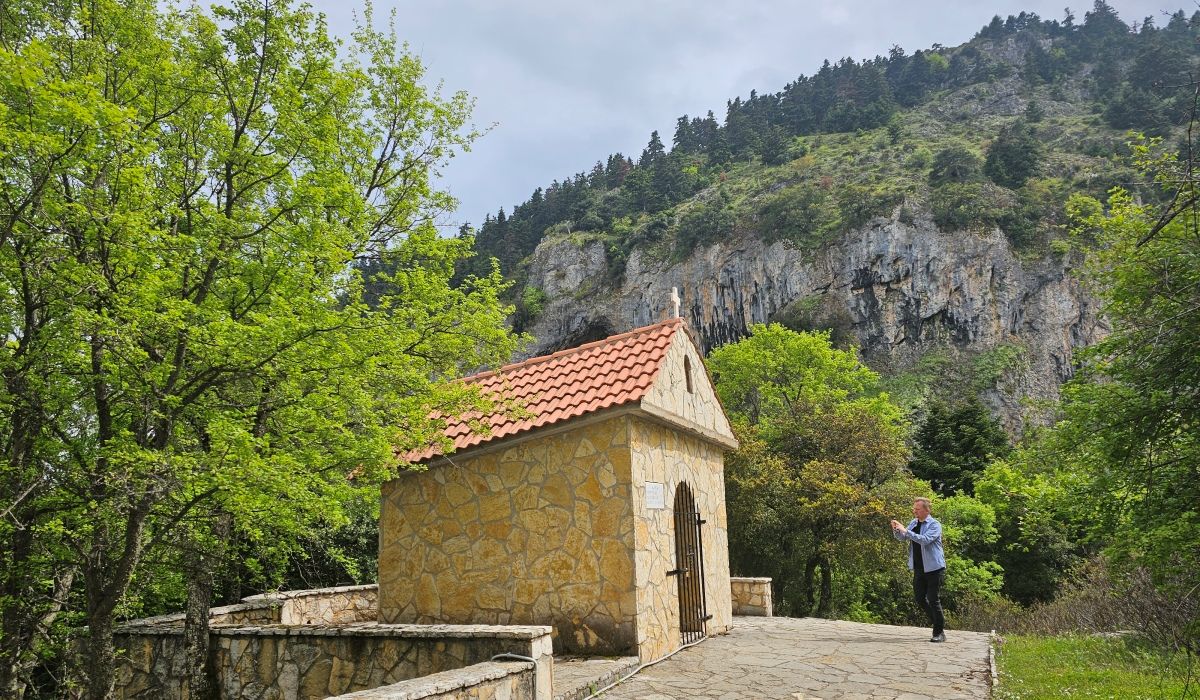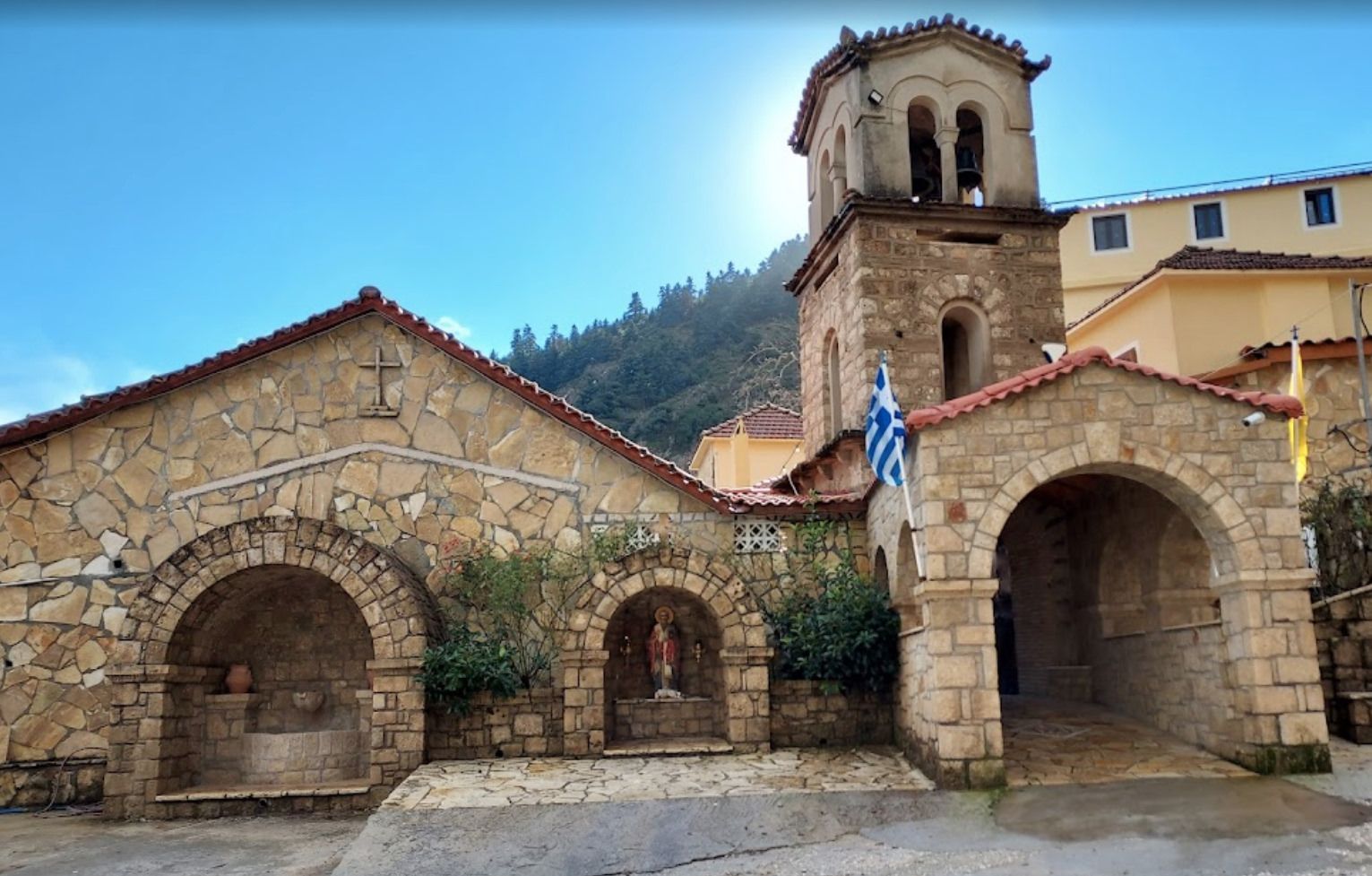Trikala
If your gaze becomes entranced by the boundless greenery, crystal-clear waters, and the presence of wild horses, you've unmistakably arrived in Trikala of Corinthia (or Trikala Korinthias, as you may find it in several maps). This destination ranks among the most sought-after places for both winter and summer vacations, as well as day trips, drawing visitors from all corners of Greece and the world. Trikala is beloved for its delectable cuisine, warm hospitality, its breathtaking landscapes, and the myriad of activities it offers to its guests.
Trikala is comprised of three distinct villages: the lower village, Kato Trikala; the middle village, Mesaia Trikala; and the upper village, Ano Trikala. These villages are in such proximity to one another that it's easy to lose yourself in their picturesque settings, almost forgetting that you're just 30 minutes from the sea and a mere 2-hour drive from Athens.
However, Trikala is so much more than this. It's a place where the annals of history have etched profound chapters, each one with countless pages. These chapters speak of ancient caves, divine gods, and miraculous herbs, as well as tales entwined with aristocrats, kings, and the statesmen of modern history.
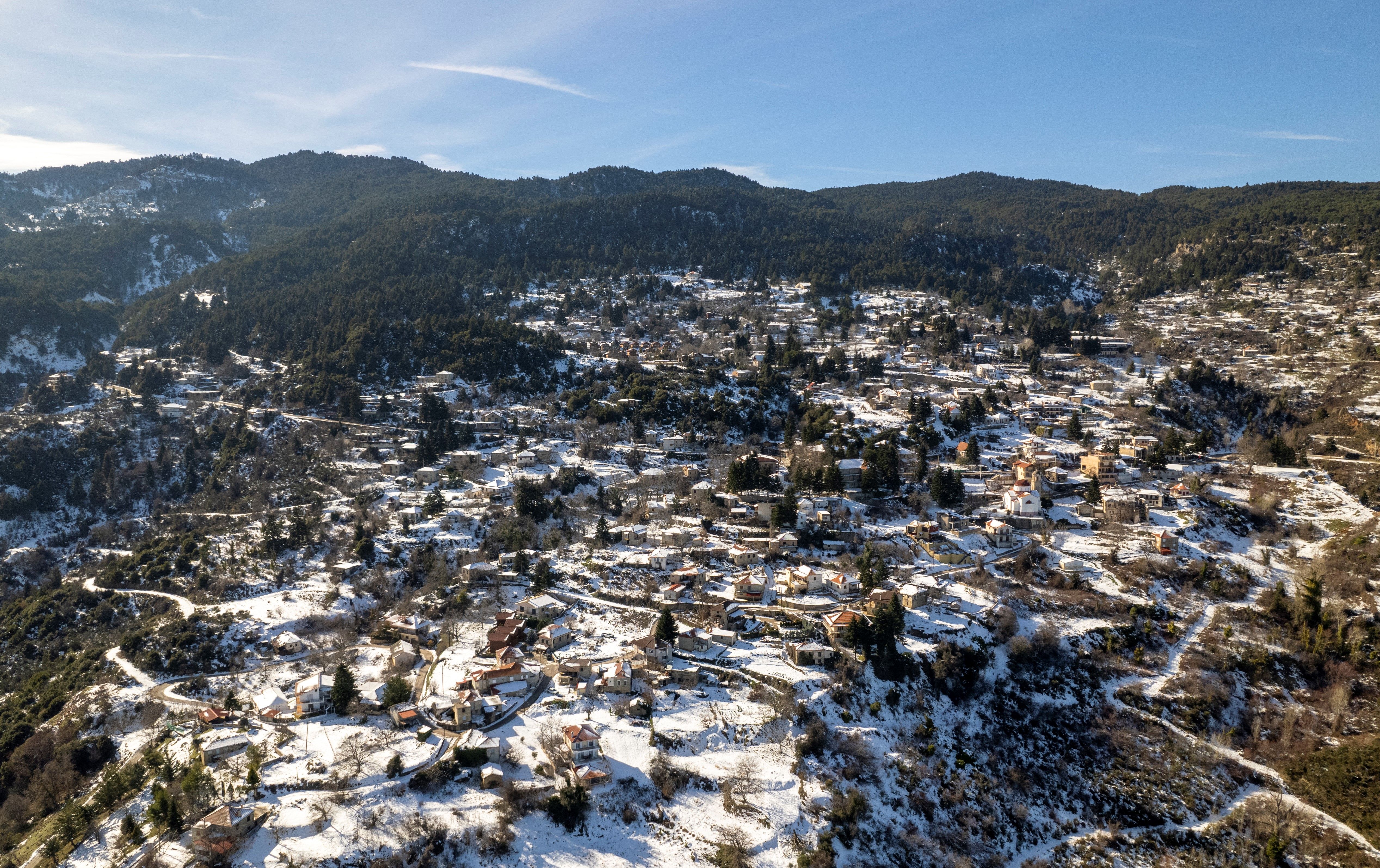
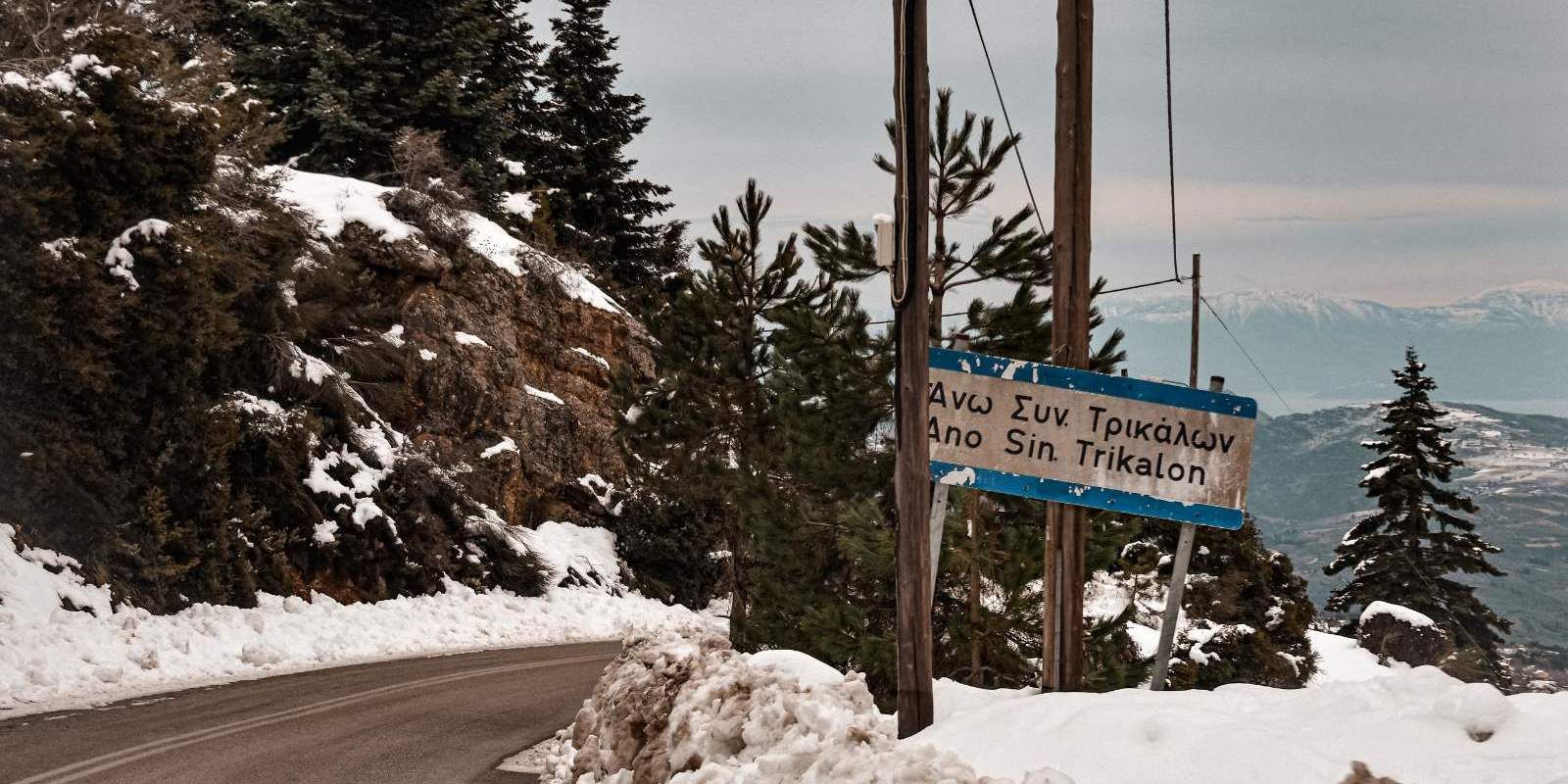
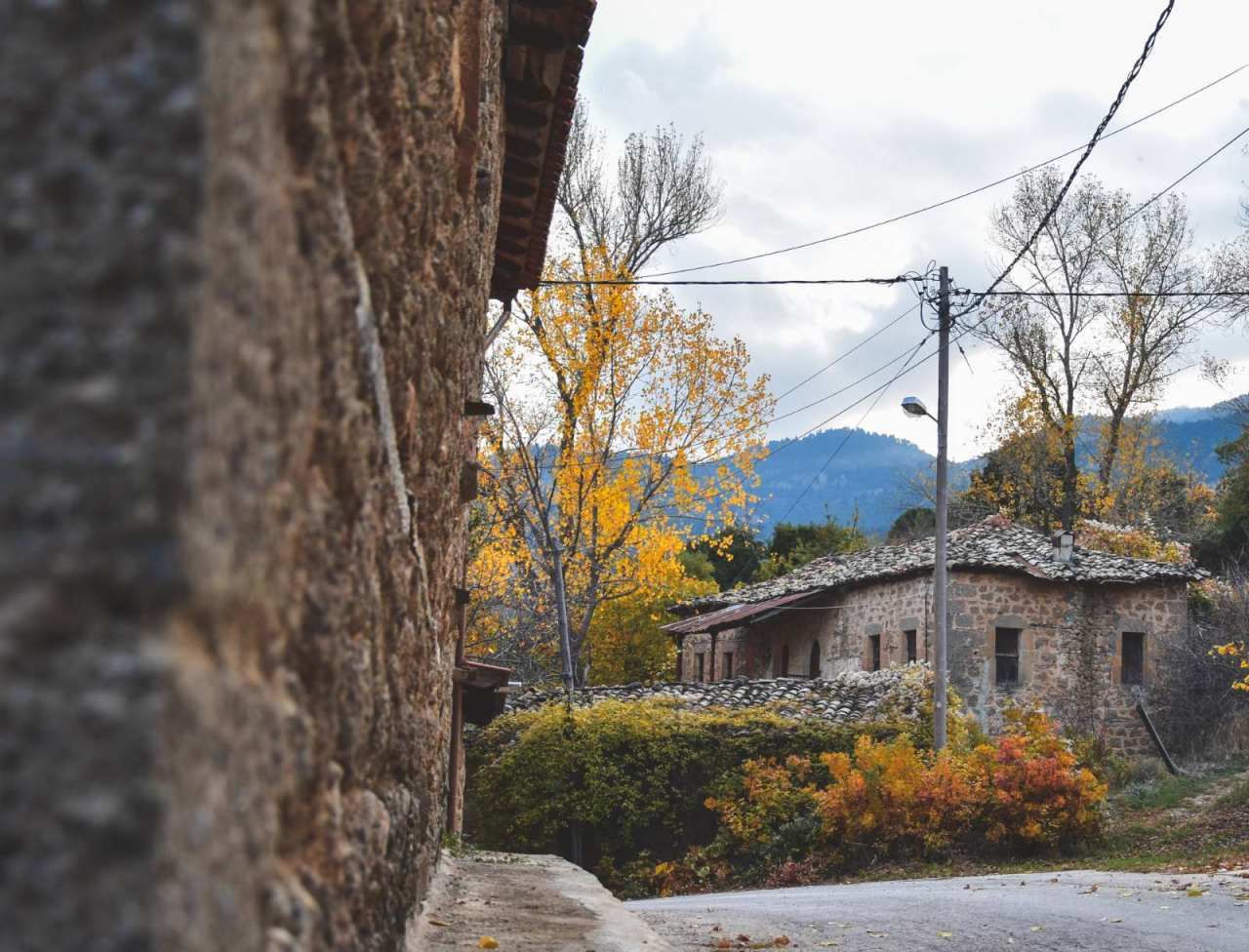
Upper, Lower & Middle Trikala - Key Characteristics and Local Activities
Trikala is gracefully nestled on the slopes of Kyllini, upon Mount Zireia. The elevation ranges from 900 meters, where Kato Trikala (the lower district) rests, to an impressive 1,100 meters at the mountain community of Ano Trikala (the upper district). The majority of the village's permanent residents call the lowland district their permanent home. As for the community's workforce, it predominantly consists of individuals engaged in the vibrant realms of hospitality and coffee shops, with a smaller presence in the commercial sector.
In this region, you'll encounter numerous dedicated farmers cultivating a rich array of produce, including raisins, pears, cherries, apples, olives, grapes, and walnuts. Notably, livestock farming, predominantly thriving in Ano Trikala, plays a vital role in the village's life. During the summer months, the mountainous district boasts permanent residents who tend to their animals, subsequently supplying many of the local restaurants and taverns with fresh ingredients.
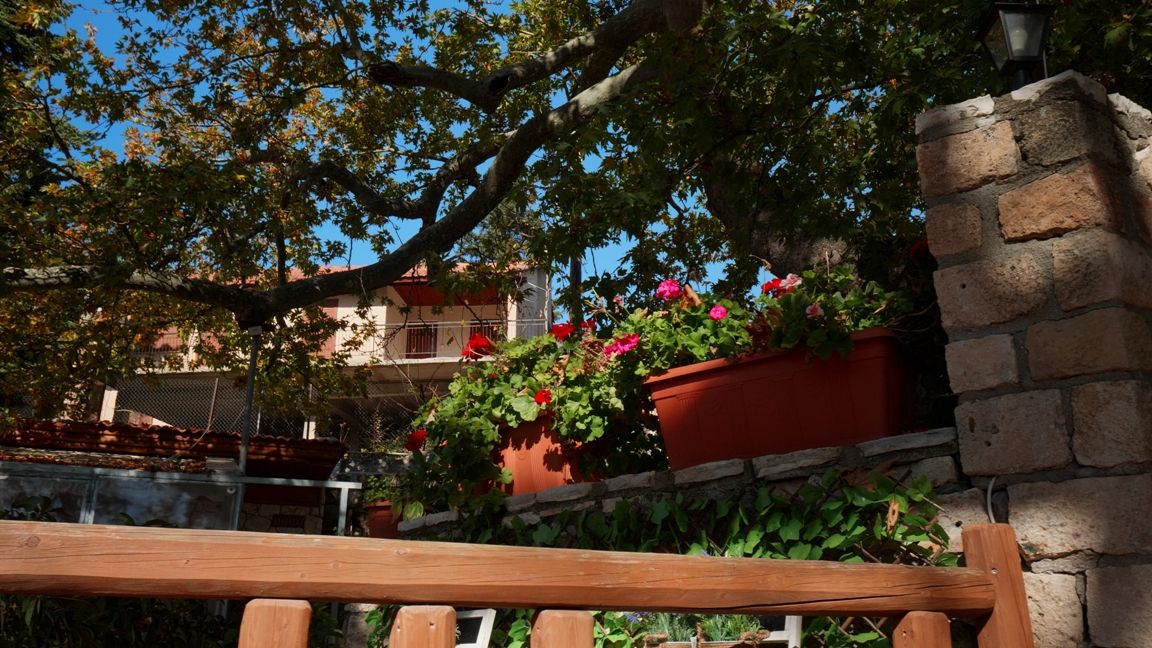
Unveiling the Winged God & Asclepius - Trikala in Ancient Greece
The enduring texts of Pausanias and our contemporary archaeological discoveries bear testament to the profound historical significance of the mountainous region within the municipality of Xylokastro - Evrostini in ancient Greece. Beyond the historical footprints of ancient settlements like Pellini, Pitsa, and Derveni, among others, Trikala emerges as a pivotal “gateway” to spiritual and societal development in both ancient and modern Greece.
The renowned ancient traveler, in his magnum opus “Achaika”, alludes to “Mysaion”, the sacred sanctuary dedicated to the goddess Demeter (the locals will refer to the goddess as “Demetra”). Situated approximately sixty stages (the unit of measurement used by the ancient Greeks) from Pellini, this sanctuary boasted lush groves and abundant waters. In the vicinity, another sacred haven, the Asclepius sanctuary, known as "Kyros," beckoned the faithful who sought healing from the god. This Asclepieion (the hospitals of the time were named after Asclepius, one of the most significant ancient Greek doctors), a precursor to the modern hospital, ranked among the largest in ancient Greece. It's even plausible that the image of Asclepius depicted on the coins of the Pellinians mirrored the deity venerated within the "Kyros" sanctuary.
While myths often carry symbolic dimensions, they remain vivid reflections of the customs and cultural identities of their respective eras. Thus, we can confidently assert that this region held a profound place in the religious life of ancient Greeks. This assertion finds further support when we consider the presence of the cave of Hermes on Mount Ziria, located shortly after the upper quarter. According to myth, this is the very place where the winged god Hermes was born, further enriching the tapestry of Trikala's historical and mythological significance.
Trikala: A Historical Hub
The widen area of Xylokastro – Evrostini has undergone a remarkable transformation over the years. Trikala once stood as the bustling epicenter of the entire municipality, with its upper district emerging as the most developed. The era was marked by imposing towers, fortified with iron gates, stately edifices, and constant visits from the luminaries of the time.
The prominent Notaras family, of noble lineage and hailing from Constantinople, took up residence in this region. They held the role of patrons for the broader area, their contributions pivotal during the 1821 revolution, where it is said they played a significant role in keeping the Turkish influence at bay. The saints of the Christian Orthodox Church were born and raised within Trikala, and their home lies in Ano Trikala. The name of those saints are Makarios and Gerasimos Notaras.
Beyond the Notaras family, other distinguished clans, including the Dasios, Petroutsopoulos, Pastrikoulou, Kirnikolou, and more, also resided in the village.
It is said that Trikala have pioneering the winter tourism, starting in 1920
Trikala can be credited with a substantial role in shaping the concept of tourism in Greece. As early as the 1920s, this region experienced considerable growth, attributed to its captivating landscapes and a climate believed to have healing qualities for those suffering from tuberculosis.
While Trikala was a preferred summer destination, it also welcomed a significant number of visitors during the winter season. In fact, according to oral accounts, the aristocracy of that time employed locals familiar with mountain trails to transport their skiing equipment to the summits for winter sports.
Initially, there were no hotels, and guests found accommodation in rented rooms. However, with the construction of the main road from Xylokastro to Trikala and the establishment of the "Theoxenia" and "Pigi Tarlabas" hotels in 1934, Trikala entered a new era of prosperity. It's worth noting that notable personalities, including Angelos Sikelianos and his wife Eva Palmer, the viceroy of Egypt Farouk, and the eminent philologist M. Triantaphyllides, chose Trikala as their destination.
Activities to Ensure Your Return
Trikala offers an array of activities that guarantee you'll return time and again. Whether it's a serene ride on Lake Dasiou, the adrenaline rush of exploring on ATVs and buggies, or enjoying the coziest ski resort, you'll find winter's embrace inviting. The region also boasts a network of marked trails, such as Flambouritsa and Varnevos, thoughtfully created by the residents themselves. You may find more information regarding these trails at one of the guesthouses, cafes and food shops of the area.
Moreover, you should visit a nearby farm close to Kato Trikala, situated in the neighboring village of Rethi. This unique farm is designed to provide animals with a natural habitat, housing horses, chickens, donkeys, and a variety of other creatures.
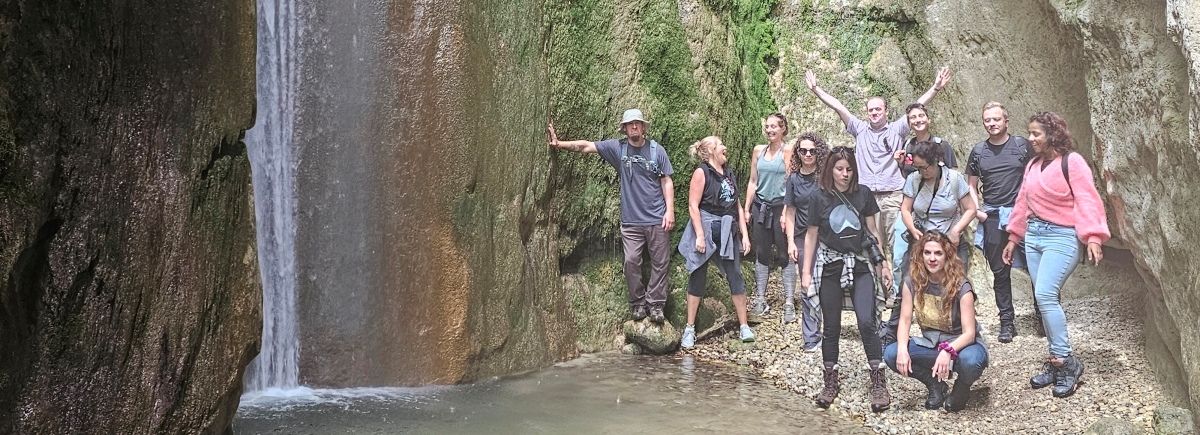
As you explore, don't forget to visit the region's most recent discovery: a natural waterfall that you will find here. This hidden gem is a watery oasis in the lush landscape of Trikala. Curious? Take a stroll to discover this breathtaking marvel. Ask the locals!
*** Είναι σχετικά εύκολο να φθάσεις εκεί, αλλά θα χρειαστείς σταθερά παπούτσια!
Easy Access to Natural and Human Creations - Must-See Sights
Your journey should undoubtedly include a leisurely stroll from the “Pigi Tarlabas” and “Theoxenia” hotels, which encapsulate the living history of tourism. Don't miss the chance to explore the old monastery of Agios Vlasios, nestled in the upper district. Legend holds that the church was built here, where the icon of the Saint was discovered, according to tradition. This monastery is tended to by hospitable nuns.
Venture into the captivating Flambouritsa valley, a destination that should not be missed. It has been part of the Natura network since 2000, dividing the mountain into Megali and Mikri Ziria (the Big and Small Ziria), with the river Sitha flowing into Xylokastro. When you find yourself at an elevation of 1,800 meters, you'll be greeted by vistas more spectacular than any postcard photo.
Lastly, don’t miss out the exploration of the Hermes Cave, a largely uncharted natural wonder that's conveniently located a stone's throw away from Ano Trikala.
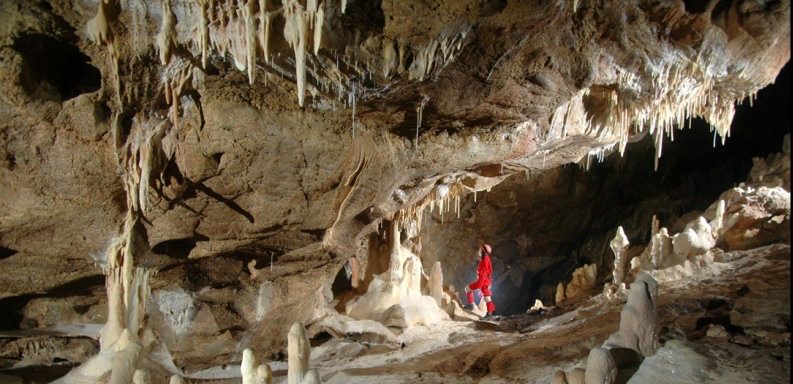
*Γράφει και επιμελείται τα κείμενα η Ιωάννα Δούρη, Comms & Marketing Manager του Δήμου Ξυλοκάστρου - Ευρωστίνης







